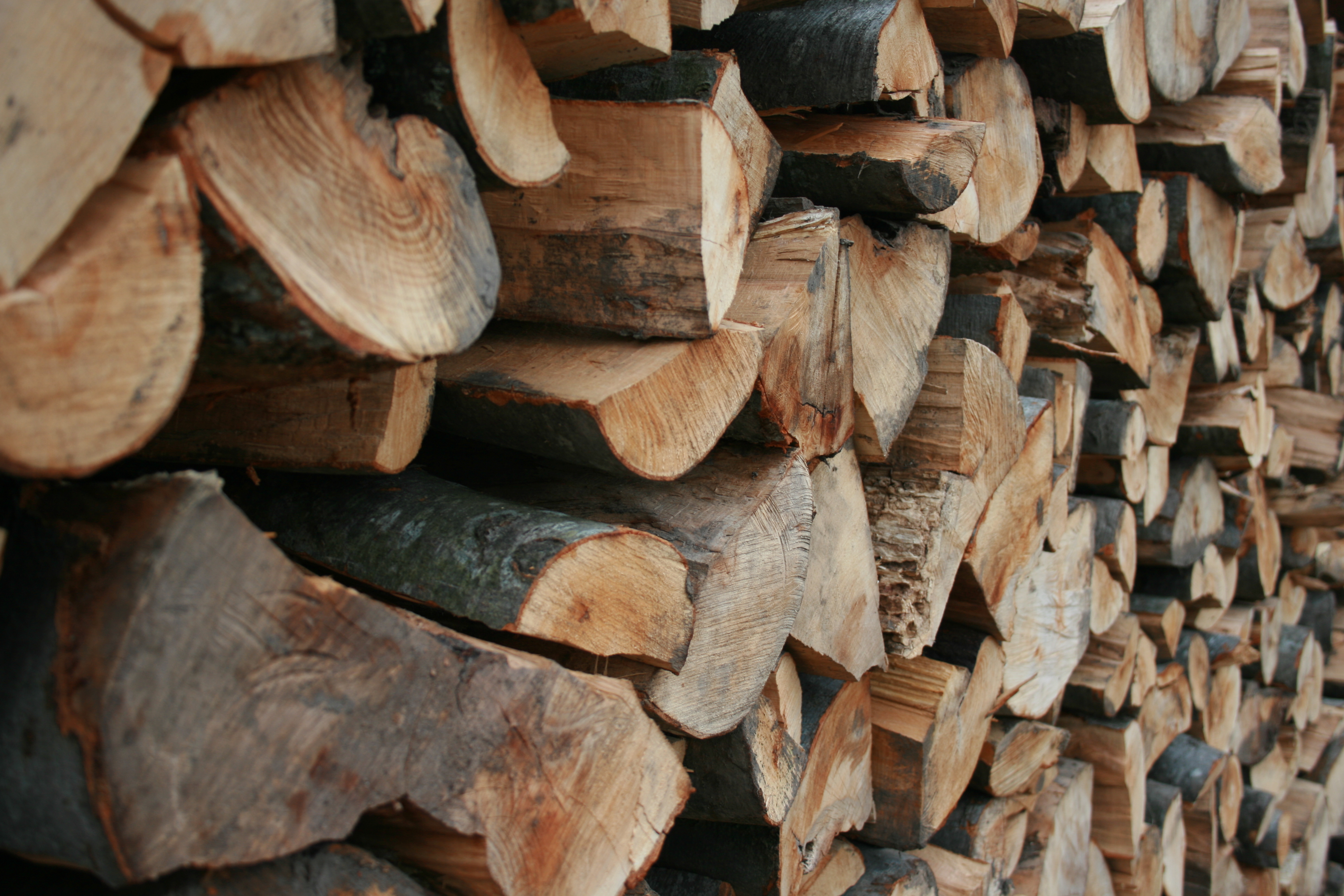Firewood is becoming increasingly in demand due to the rise in popularity of Log burners. Wood and log burners are capable of burning wood and fuel as a source of heating and they normally consist of a solid metal stove usually, cast iron or steel. The stove is then connected to a ventilation pipe to allow all gases to exit and the correct airflow to take place. This is a cheaper, faster alternative to heating multiple rooms than central heating systems. Fresh air or dampness needs to enter the stove to maintain the correct airflow, to achieve this, vents can be opened or damp firewood can be added to the stove. Extremely dry firewood tends to burn at a faster rate meaning large amounts have to be used to reach your desired temperature, therefore damp firewood may be a more sustainable product.

Other options to consider when choosing firewood is whether you are purchasing hardwood or softwood. Hardwood would usually be heavier and give more energy than the same size piece of softwood. Hardwoods which burn at a slower rate are produced from trees such as Oak and Ash, Softwoods are produced from trees such as Conifers.
Once purchased there are many ways to store firewood, storing firewood outdoors is the recommended type of storage. Firewood should be placed in a stack with the bark facing upwards to allow the correct draining procedure to occur, storing firewood indoors is not recommended due to the risk of insects and termites entering your home.
When required, place your firewood into position within the stove. Add kindling sticks and a couple of larger pieces of wood leaving a 1cm gap between each piece to allow the correct airflow. Finally, add newspaper or firelighters to the top layer and light. You may need to leave the door open slightly until fully lit to provide the fire with good ventilation.
When lighting and burning firewood please ensure all the correct safety precautions are followed.